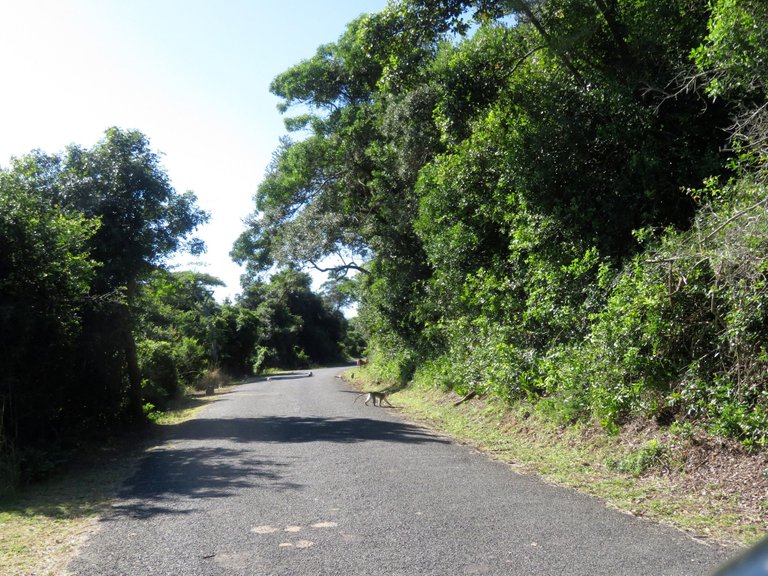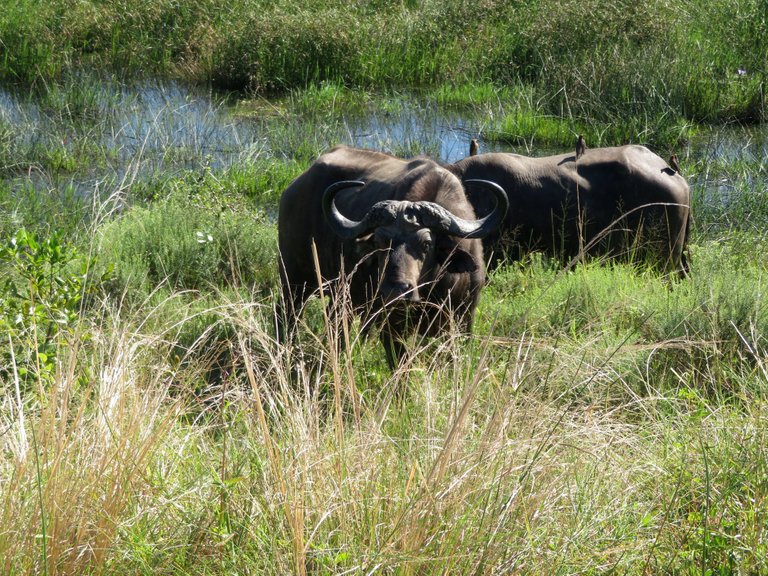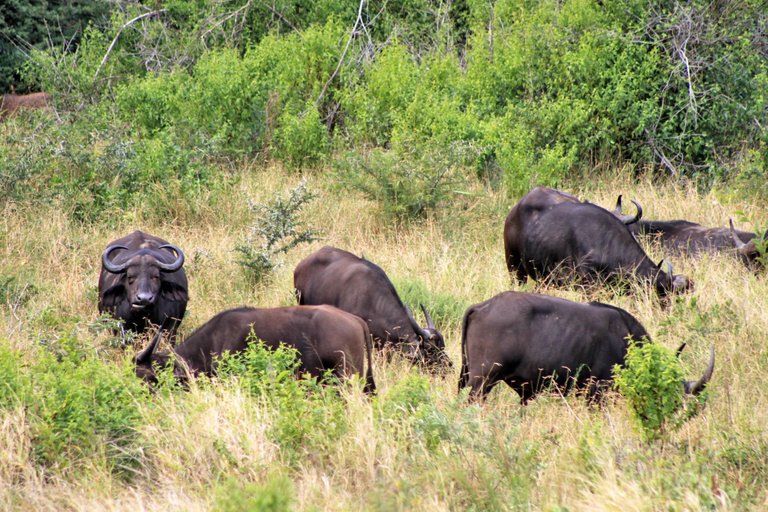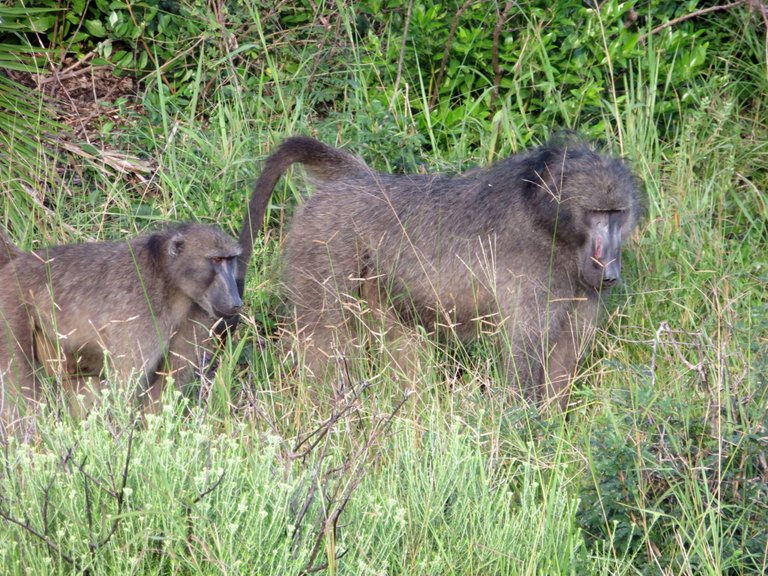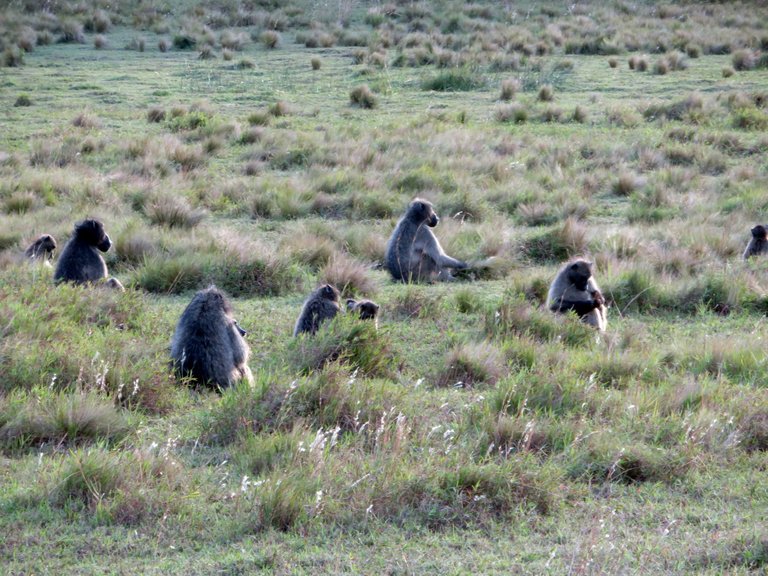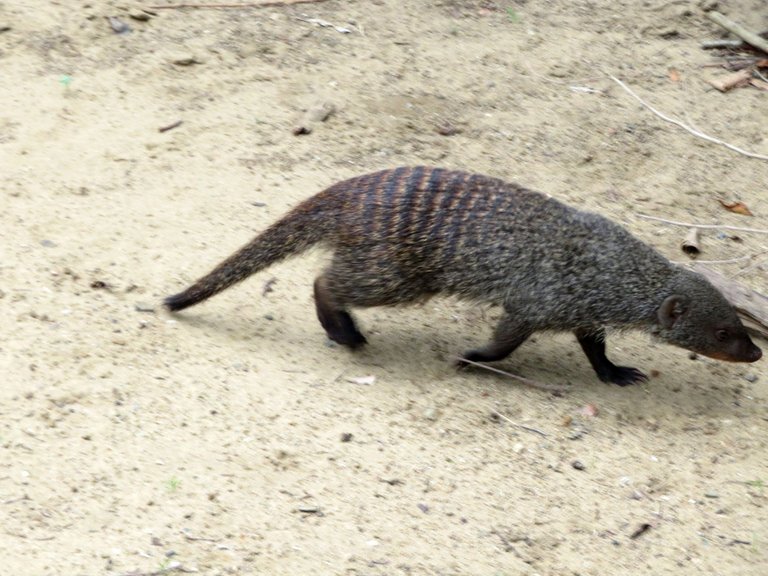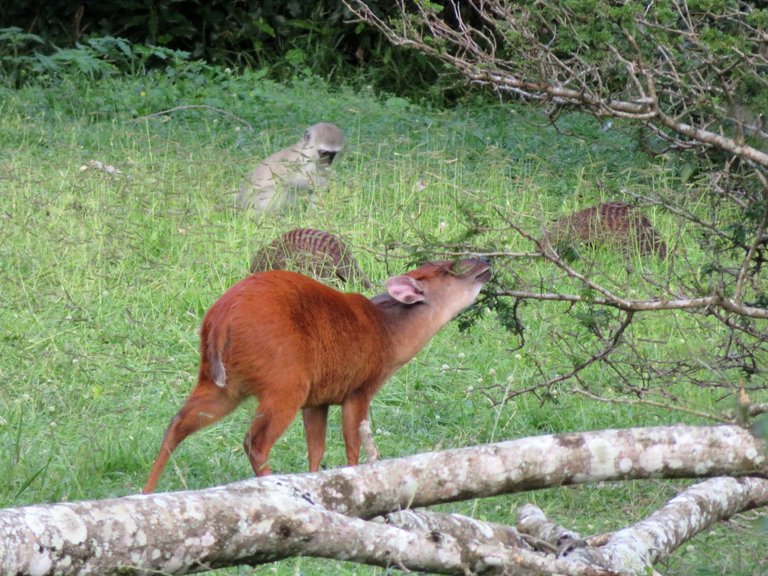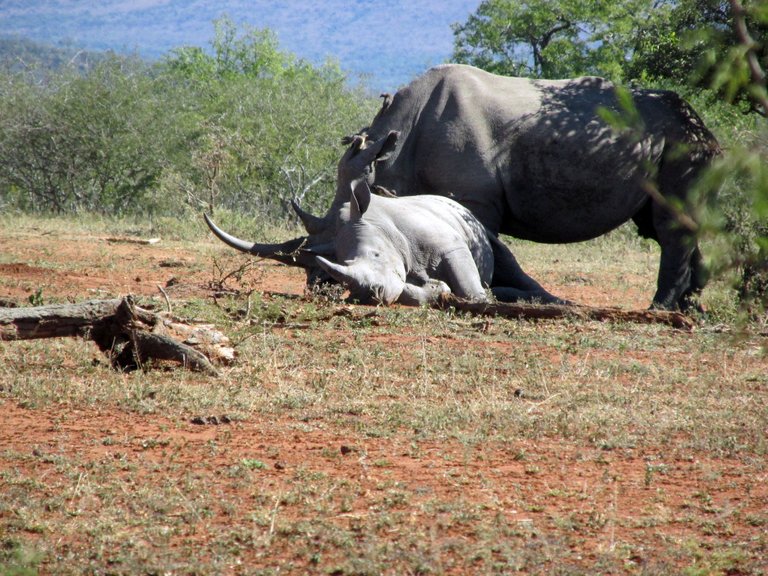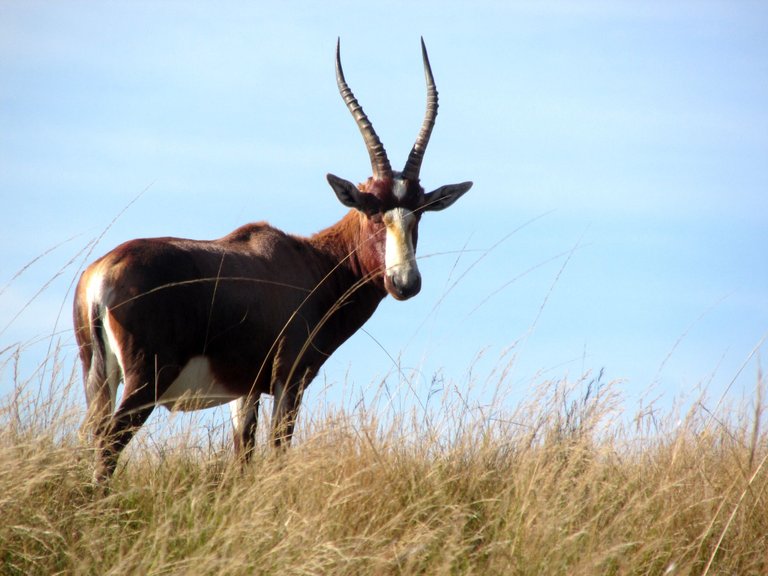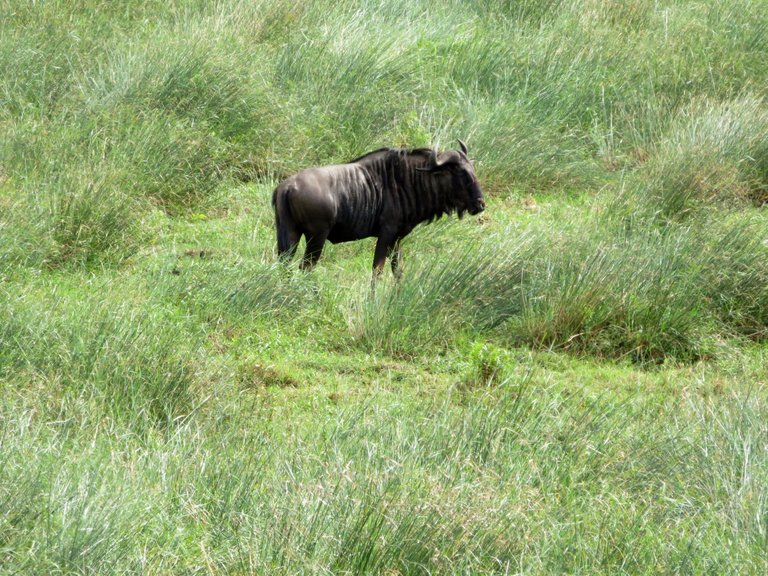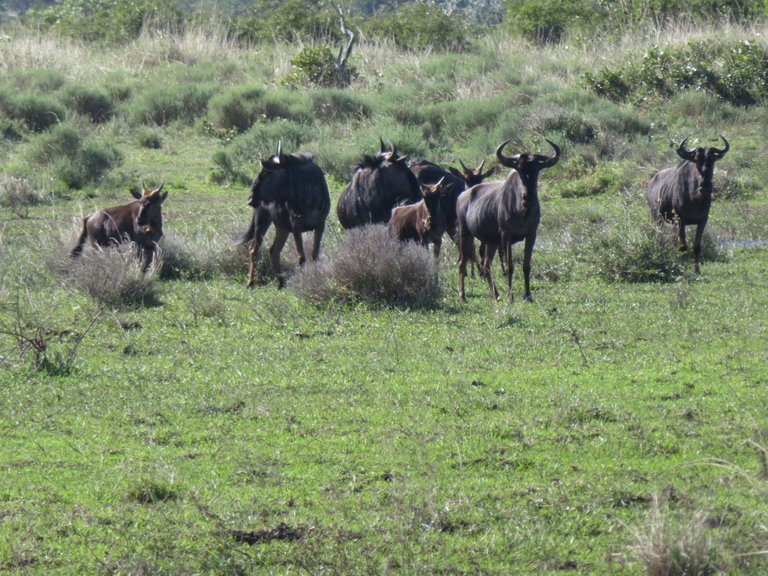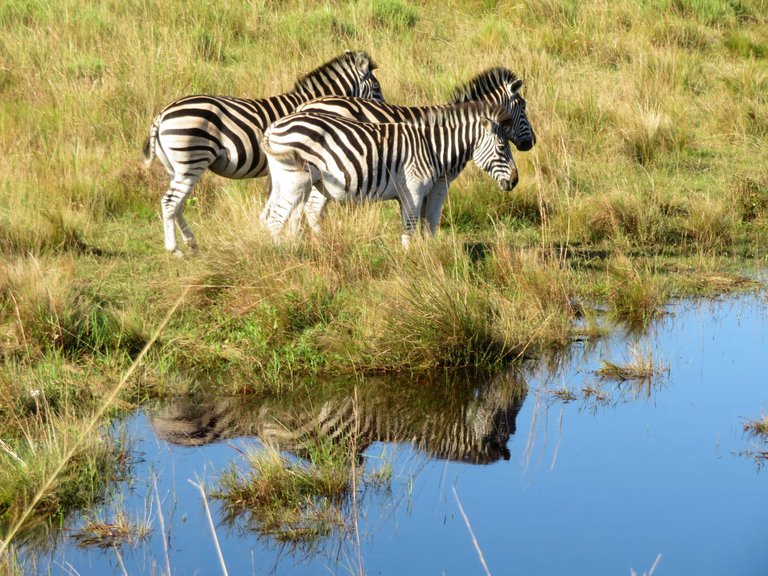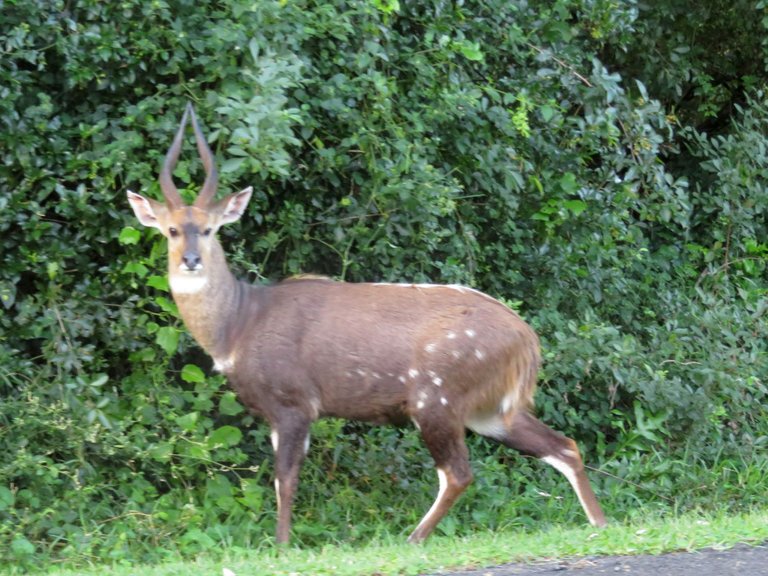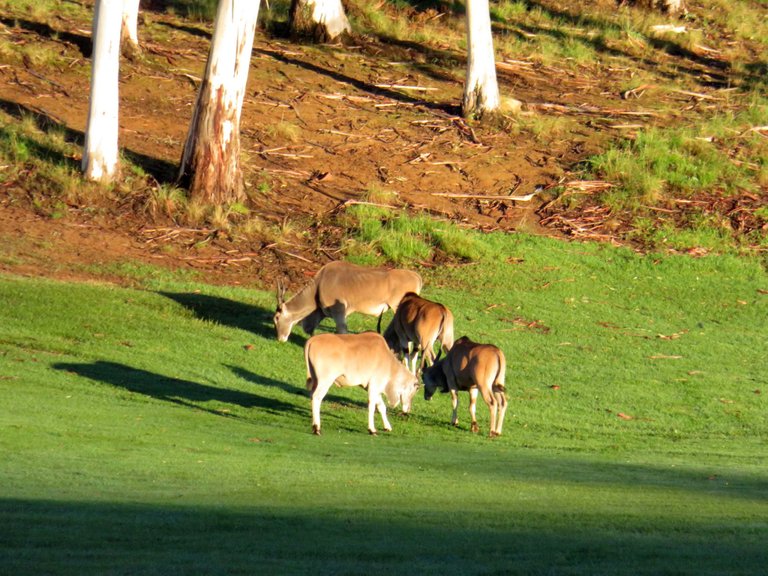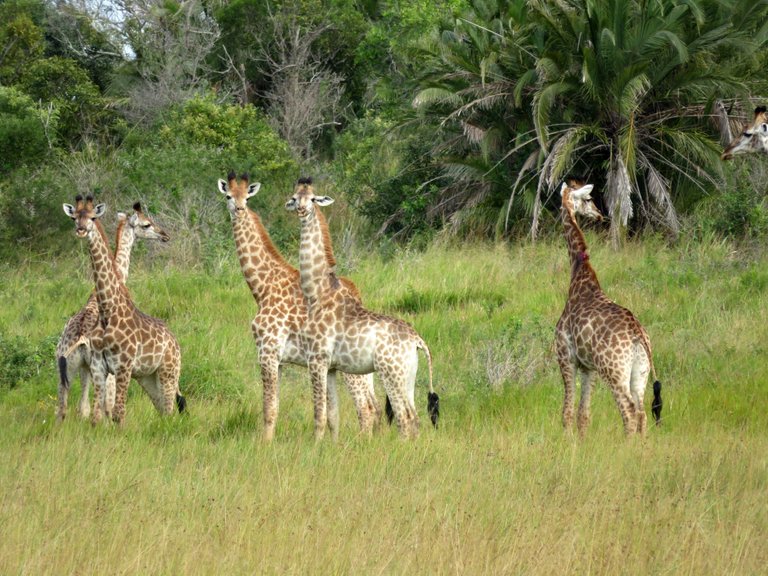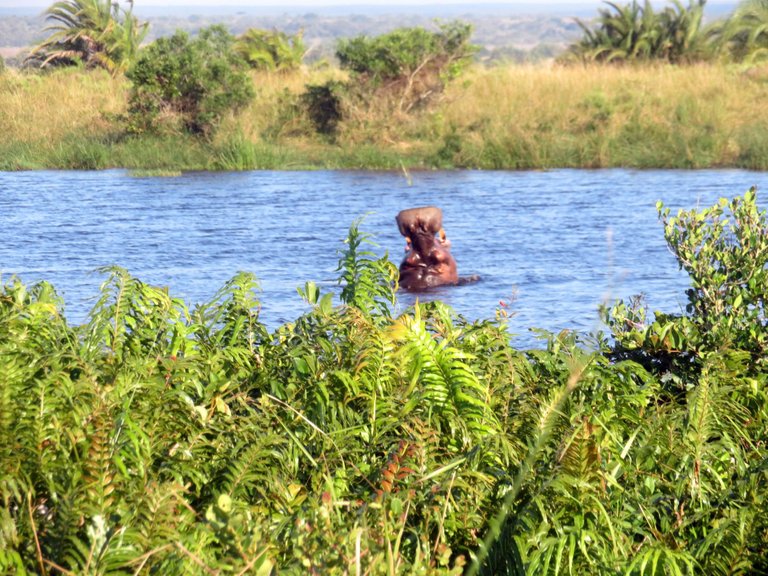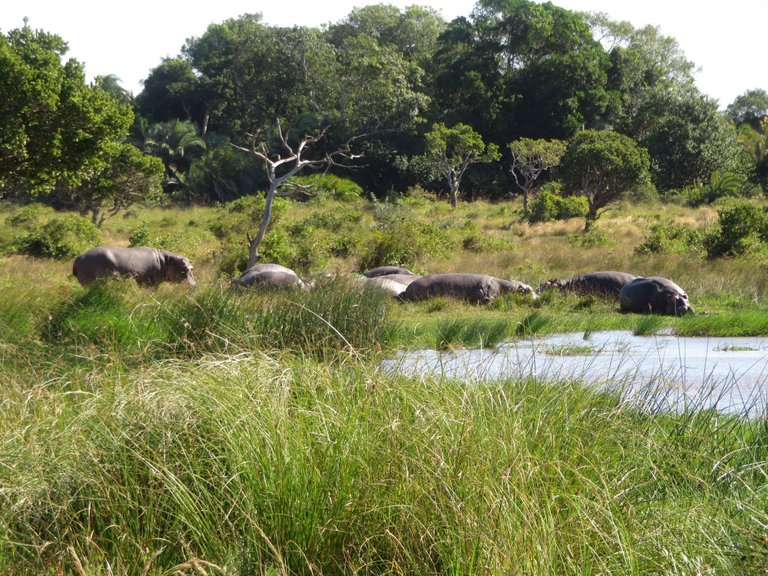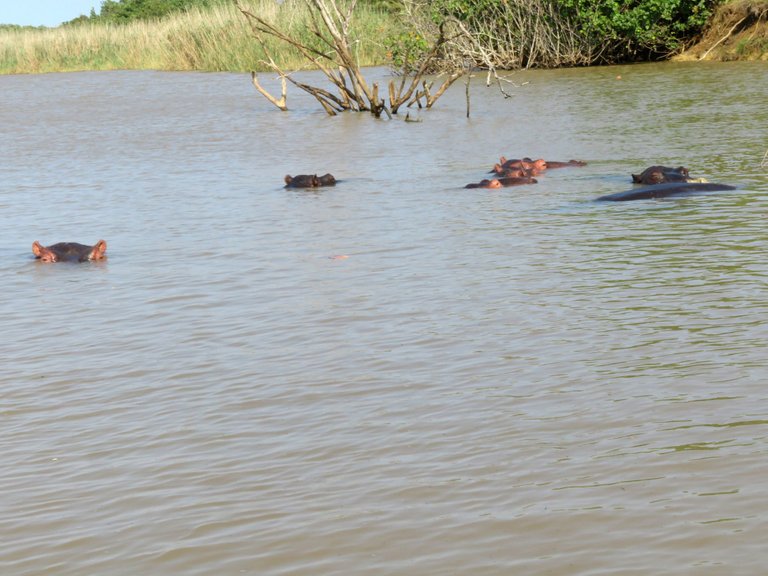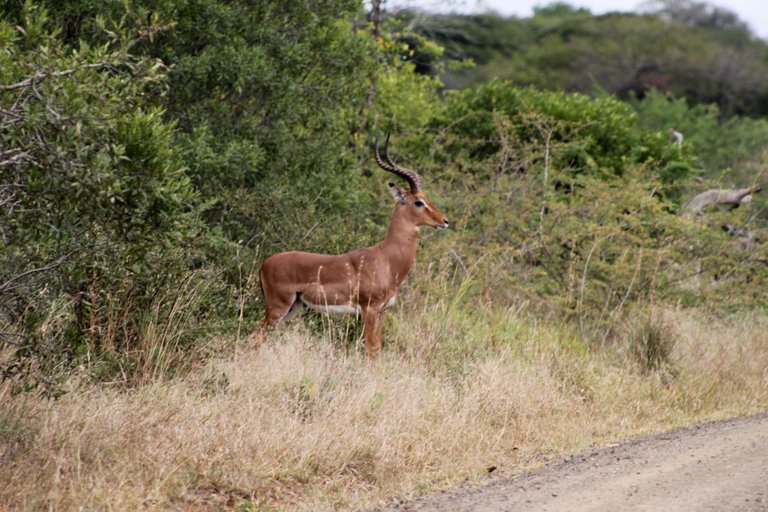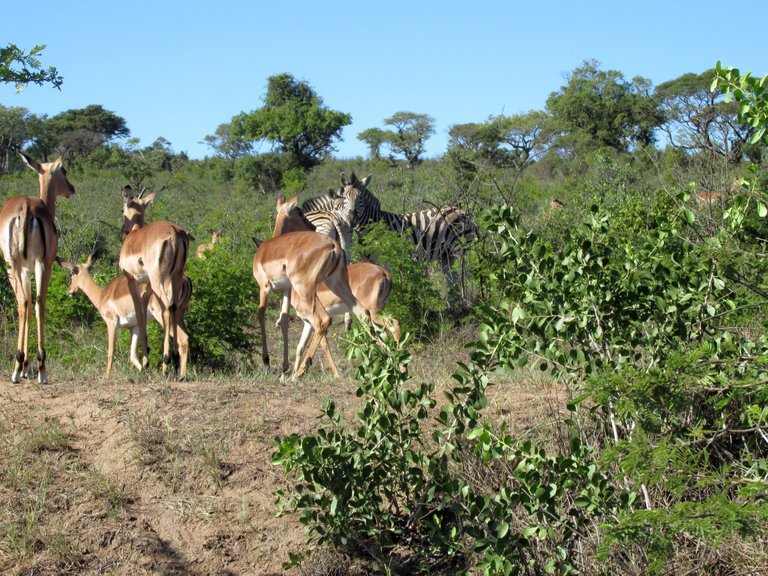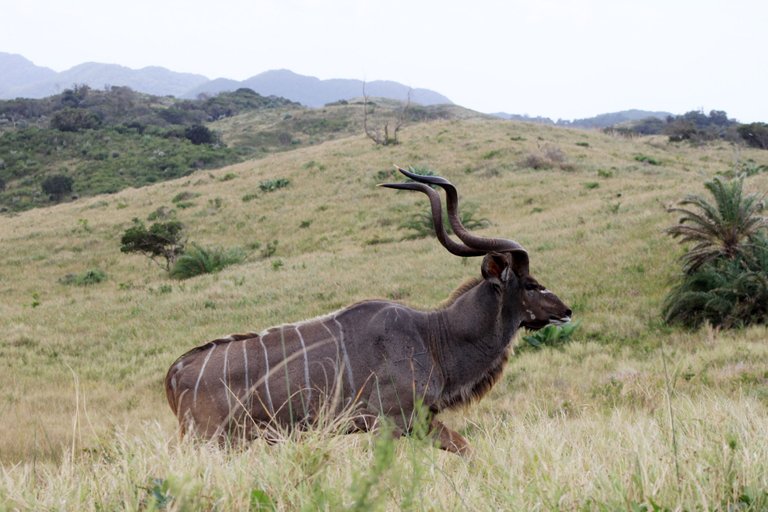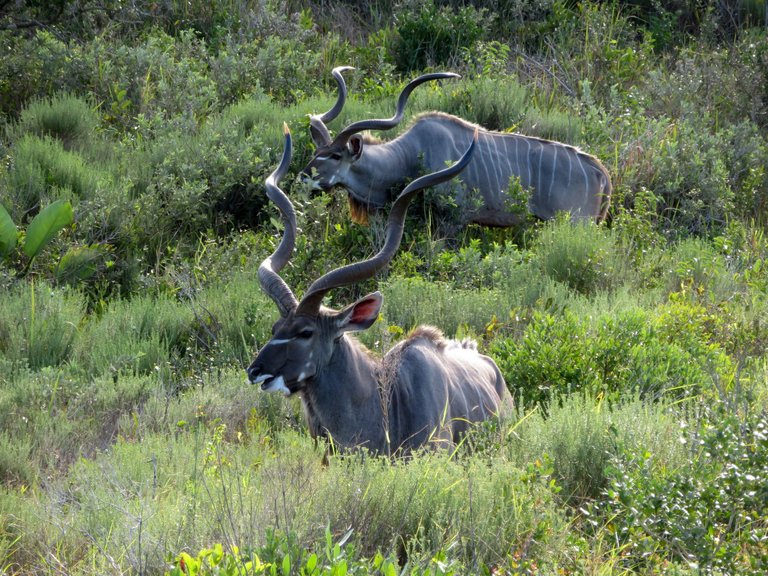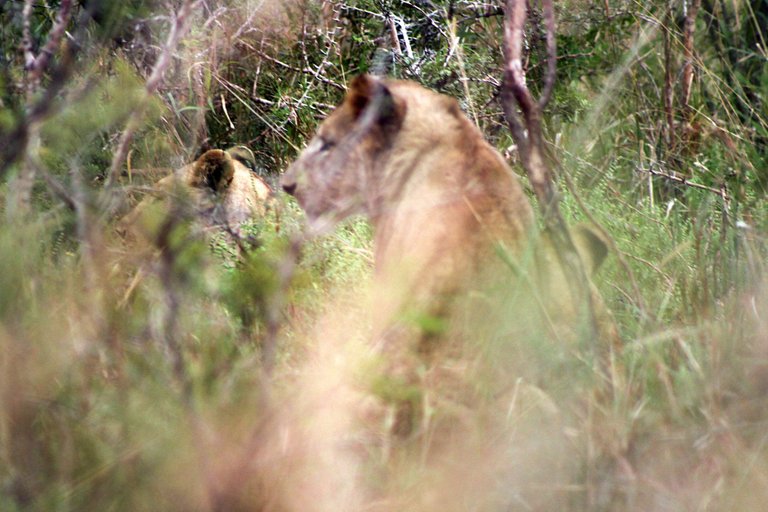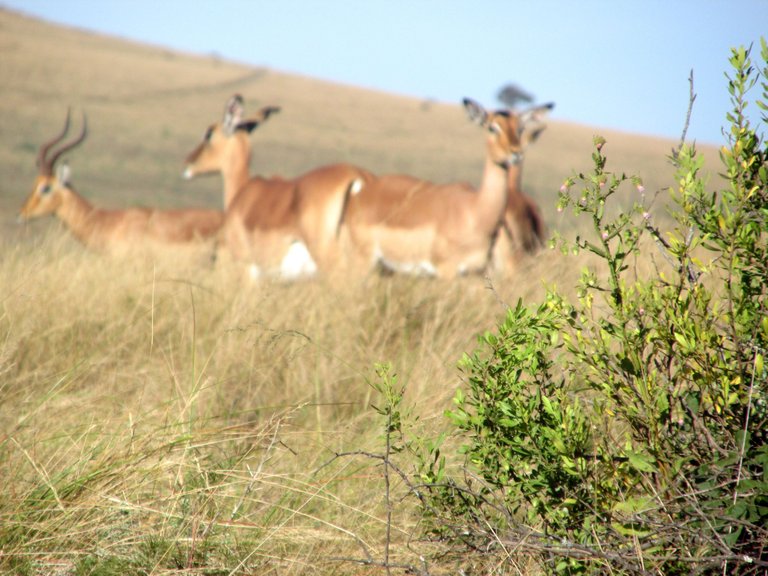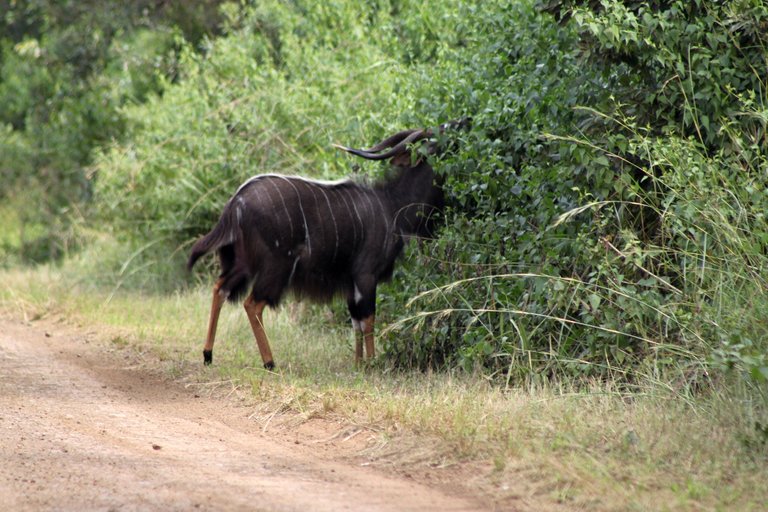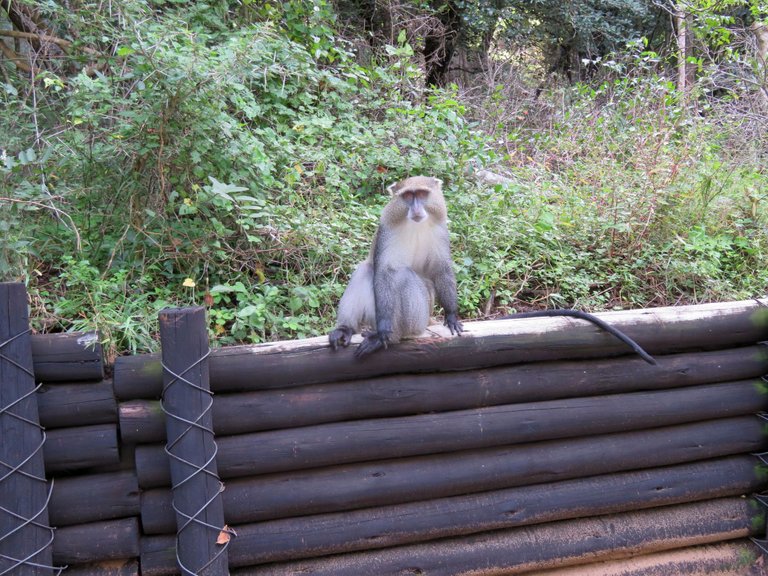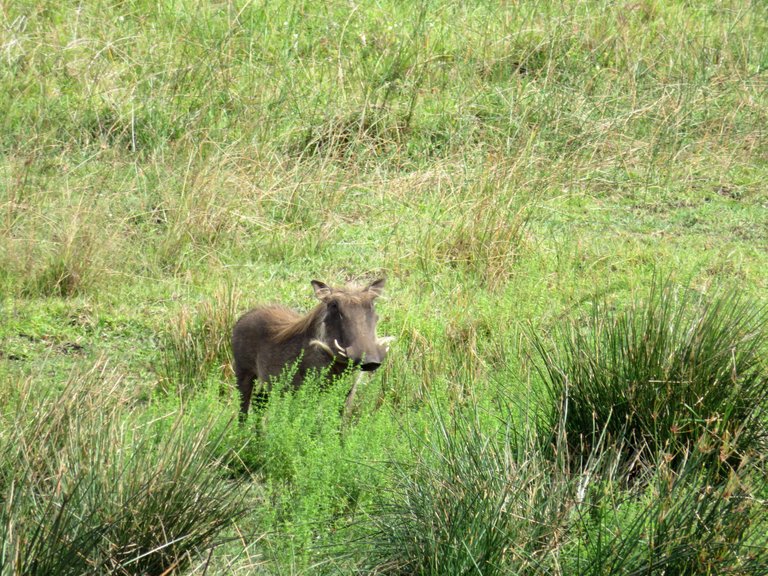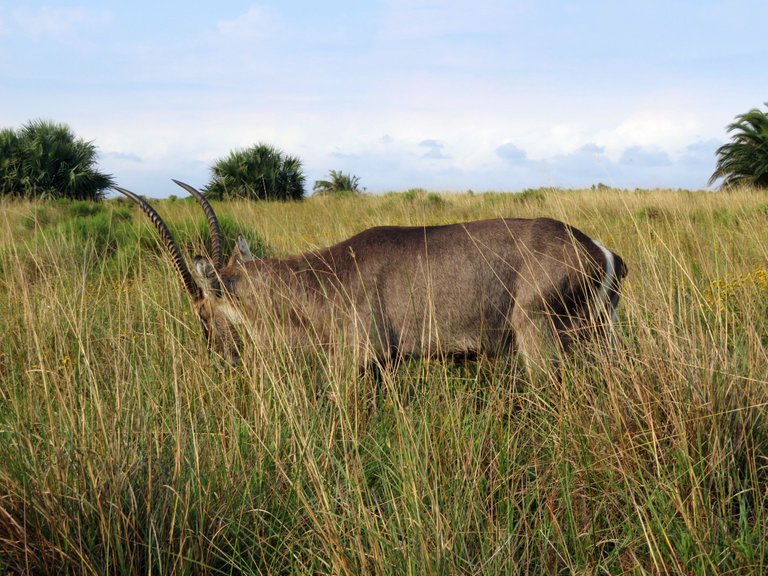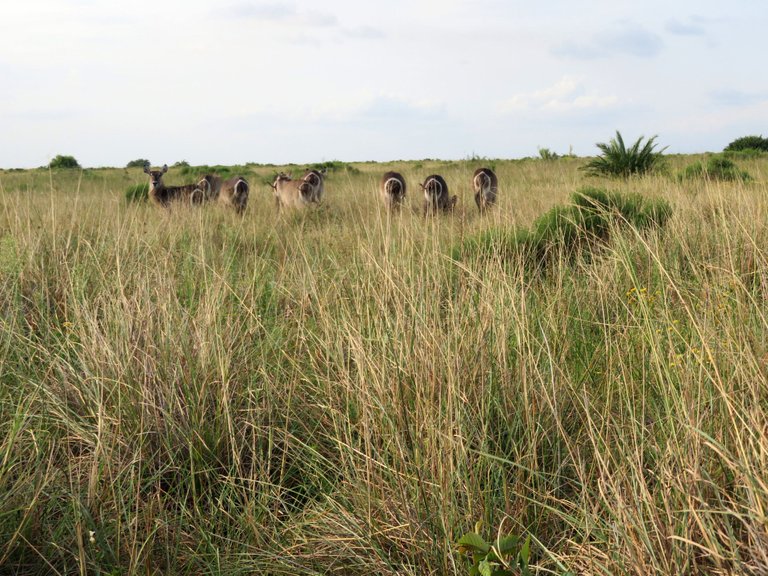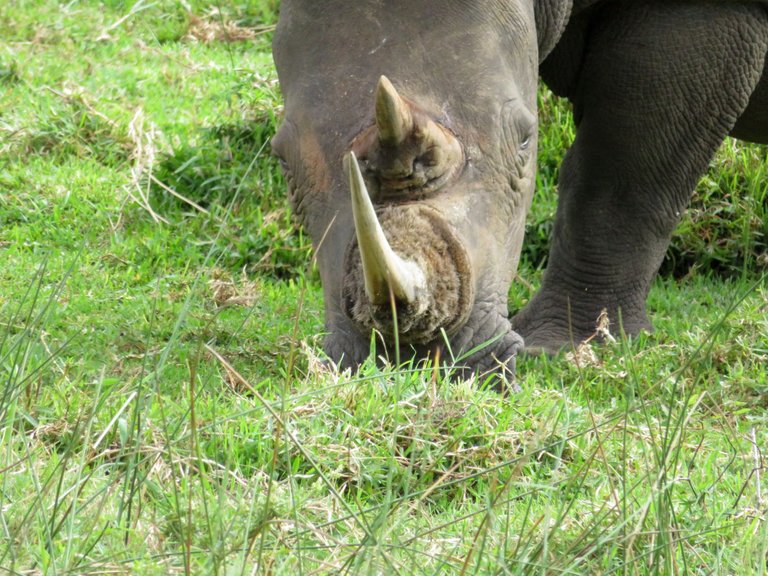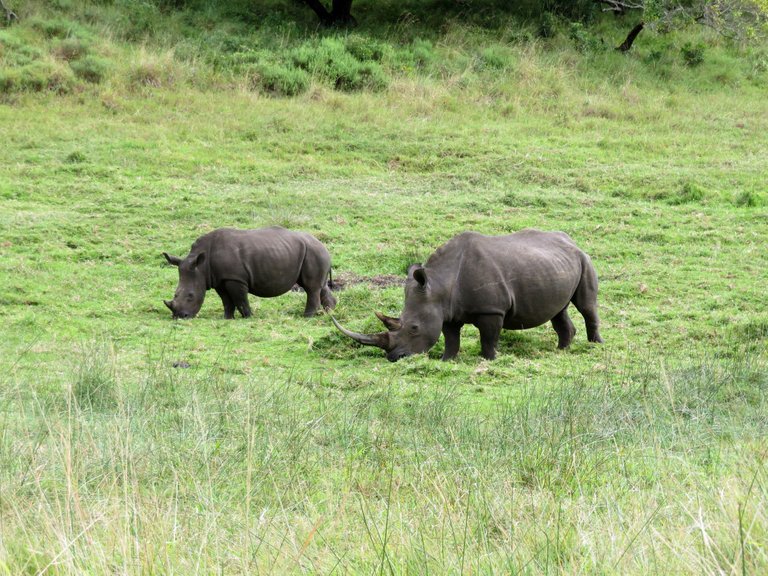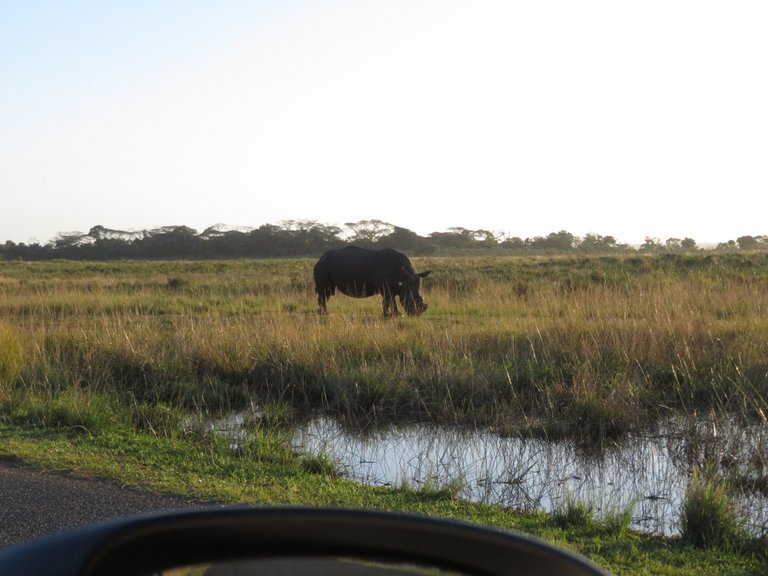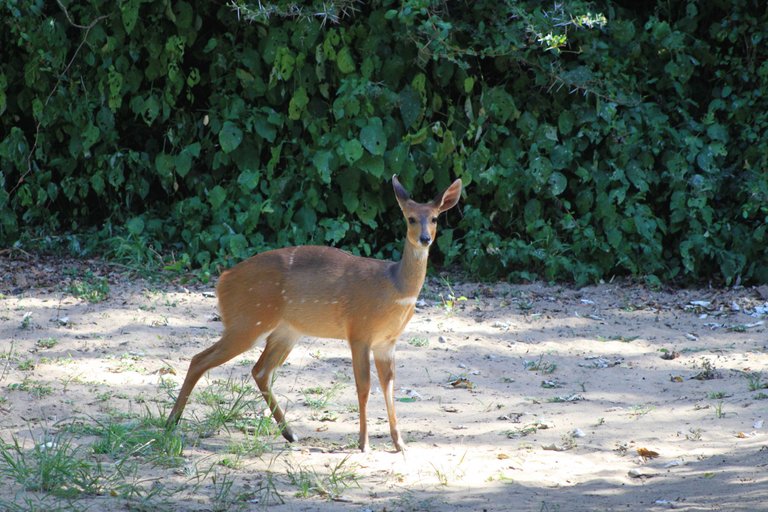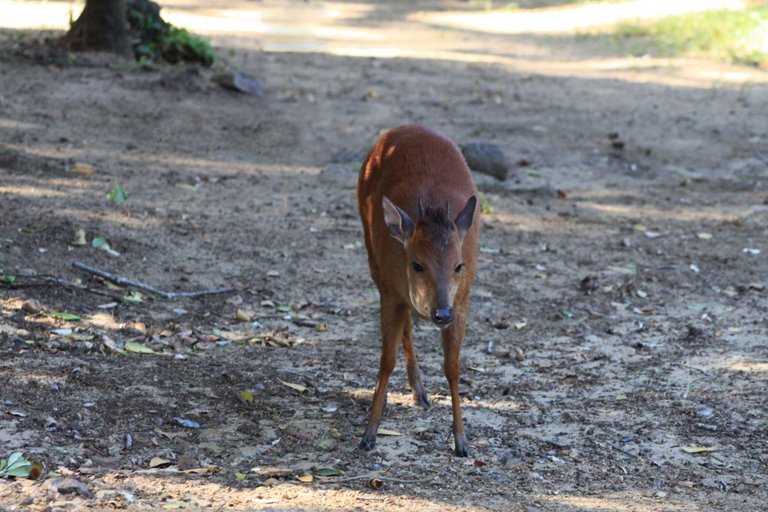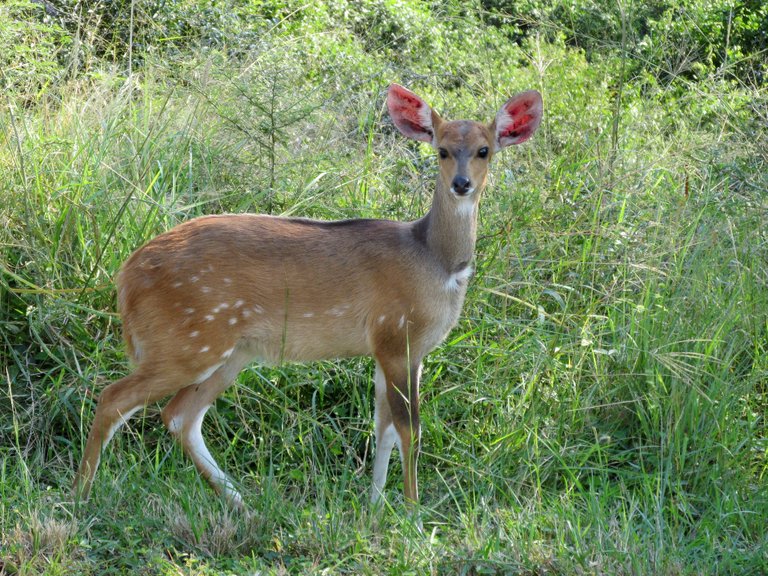Whet Your Appetite Visit South Africa
Golden grasses quietly bend on the whisper of a breeze out on the plains, where one can see for miles yet right before you is life untold. Perhaps forests drinking in the soft calls of smaller antelope, shy squirrel either way you will see mammals.
I have shared many of my journeys into the bush, missing the wide open space once again I vanquish myself into my photography over the years to share the mammals I have been so fortunate in seeing when out on the road.
One never sees everything, excitedly ticking off what you have the good fortune of meeting. Last sighting of leopard, cheetah, wild dogs in the wild was in the 1970's visit to Kruger.
Last time my gentle giants surrounded me was a herd of elephants moving down to the water in Zimbabwe in 2006, not one photograph they had young, we froze enjoying their family walking around our hired vehicle in close proximity. Gentle rumbling these exceptionally quiet mammals moved down to the great Zambezi to enjoy a drink before nightfall.
"If we do not do something to prevent it, Africa’s animals, and the places in which they live, will be lost to our world, and her children, forever." - Nelson Mandela

Sharing some wildlife over the years visiting St Lucia, more often than not iSimangaliso Wetlands Park, travel close proximity to Hluluwe/iMfolozi National Parks. Each National Park offers wildlife and I want to bring you to Africa to enjoy captivating sights.
African Buffalo With keen senses, poor eyesight, a large 750 kg animal known to be dangerously moody in temperament. Normally move in large herds, known as one of Africa's Big Five. (Syncerus caffer)
Baboon found in the mountains, on the plains or forested areas. Equipped with large canine teeth, mainly omnivorous the more dominant species in South Africa is the Chacma Baboon. (Papio sp.)
Banded Mongoose live in packs, known to hold largest pack size of carnivores in South Africa, mainly in forested or woodland regions. [Mungos mungo]
Black Rhino distinguished by the rounded upper lip, head and shape of ears. More a light grey from mud or soil they roll in, slightly smaller than the White Rhino. This couple sighted in Hluhluwe Reserve during the drought years seeking shelter together from the harse sun. (Diceros bincornis sp)
Blesbok another grazer enjoying short grass, extremely fond of new green grass after a controlled burn or veld fire. Blesbok and bontebok being closely related prefer open grasslands near to water. (Damaliscus pygargus phillipsi)
Blue wildebeest don't live in cold winter regions, enjoy woodland, scrub and grassland close to water. Black mane, beard from neck and throat with dark-gray streaks helps to identify. (Connochaetes taurinus)
Standing their ground in protective formation.
Burchells Zebra Habitat is grassland plains and woodland, not found in dense vegetation and always within close proximity to water. Each has distinctive markings much like the human finger print. (Equus burchelli)
Bushbuck distinguished stripes, spots with white 'socks', grazers that will adapt to vegetation on offer in the region. Only non-territorial, solitary African antelope, always lives close to a water source. (Tragelaphus sylvaticus)
Eland we normally see up in the Drakensberg mountain range, agile large antelope. Both sexes carry heavy horns slanting backward, slight hump above shoulder, predominant dewlap they move in herds protecting their young together. Browsing plants day and night are able to go long periods without water taking sufficient in through what is forage. (taurotragus oryx)
Giraffe Tallest of them all, social animals where females move in herds protecting young, males display nomadic lifestyle, join females when they feel the need, do not bond as permanent groups. Nibble off tree tops out of reach for most. (giraffa camelopardalis)
Hippo dangerous to humans, will attack when provoked or feel under threat. Pods of hippo normally number between 2 to 20 cooling in rivers, riverbeds or bodies of water during the daytime, foraging along rivers or in towns as happens in some towns. (Hippopotamus amphibius)
Impala common antelope found in bushveld, graceful in stature with only males grow horns. Mixed feeder grazing grasses and shrubs in flat regions, will take fruits when available or Acacia pods. Most preyed upon antelope due to large numbers, herds scatter in different directions when preyed upon jumping 3 to 12 metres high which is quite spectacular.
Kudu Distinctive white stripes, V-shaped band across forehead with white spots on the cheeks, bull horns are full length at age of 6 years, body mass much larger than the females. Size matters, physical appearance for hierarchies when males approach females. Females remain in herd with mothers, while males around two years old head off in bachelor groups. (Tragelaphus strepsiceros)
Lions on this occasion only females and cubs in deep bush retreat after having enjoyed a kill, relaxing from the heat, a fortunate sighting with vultures giving the game away! Obviously the cubs were over the ten weeks in age now partaking in shared meal playing within a circle of females, we never sighted any males. (leo panthera)
Mountain reedbuck only managed one photograph and lens focused on plant, yugh! Shy they took off over the hillside in the early morning light, only males have horns pointing forward. Sighted in small Oribi Gorge nature reserve where we did not see the Oribi, perhaps next time! (Redunca fulvorufula)
Nyala a grazer and browser of flowers, fruits, leaves to secure survival. Young males look like the females to protect them in formative years from bulls within protection of the herd. I normally recognize the bulls with russet socks, both sexes striking in appearance. [Nyala angasii of Tragelaphus angasii]
Samango monkey small pockets of this species found in South Africa along coastal forest regions dark grey to black on head, hands and feet, upper part pale with belly and throat creamy white. Feed mainly on fruits, flowers, leaves an insects I have only ever seen these at Cape Vidal. [Cercopithecus albogularis]
I will not add the Vervet Monkey to this collection, considering I photograph and share regularly in my own garden, they are literally throughout the country.)
Warthog kneel when feeding on front knees, don't venture too far from their overnight burrows which they enter bum first. Normally close to water or puddles of water to wallow in, enjoy a mud bath in open woodland areas. Tusks will protect them, when their looks don't knock you out! (Phacochoerus africanus)
Waterbuck for me this is the sexy bum gang, males are large strong antelope with regal looking horns, females normally turn their back on me, always a delight to see! Waterbuck are prone to dehydration, making them highly dependent on water within the region where protein rich grasses are readily available for herds of up to thirty roaming together. (Kobus ellipsiprymnus)
White Rhino square lipped, third largest land mammal, prefers grazing on short grass taking food between upper and lower lips in wide mouth taking in adequate food in a chomp. Decimated throughout the land by hunters in 1900's, all except at iMfolozi, currently being reintroduced into regions, now threatened by poachers! (Ceratotherium simum)
Children of Africa respect your heritage, wildlife relies on us to survive for now! 448 Rhino poached in South Africa, 2022. Source of Graph
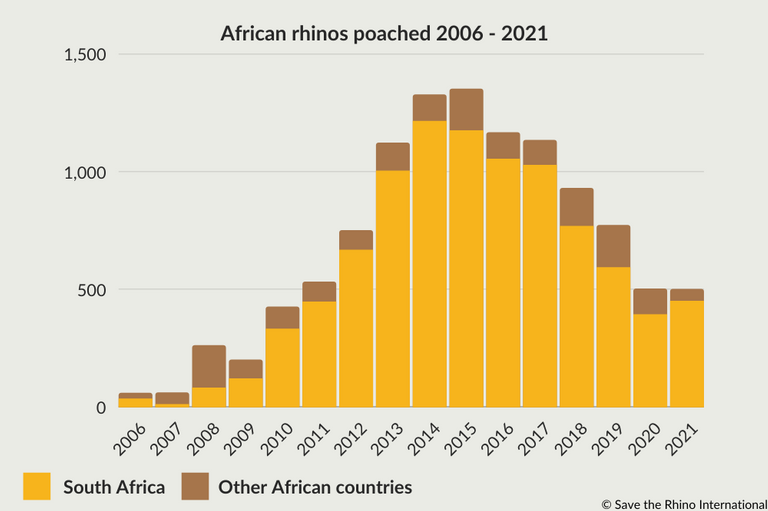
Thank you for visiting, now leaving some lovely smaller antelope seen, not only large mammals count the little ones are endearing to ones heart knowing nature is a work in progress needing balance.

All photography my own using Canon cameras. Any queries or requests please drop a comment below or make contact with me, have a wonderful day! Photography without tripod, go with the flow wherever life takes you. NB: Amateur photographer in nature, keep smiling! I have tried my very best not to duplicate photos used previously.
Thought for Today: "Examine what is said, not who is speaking." - African Proverb


